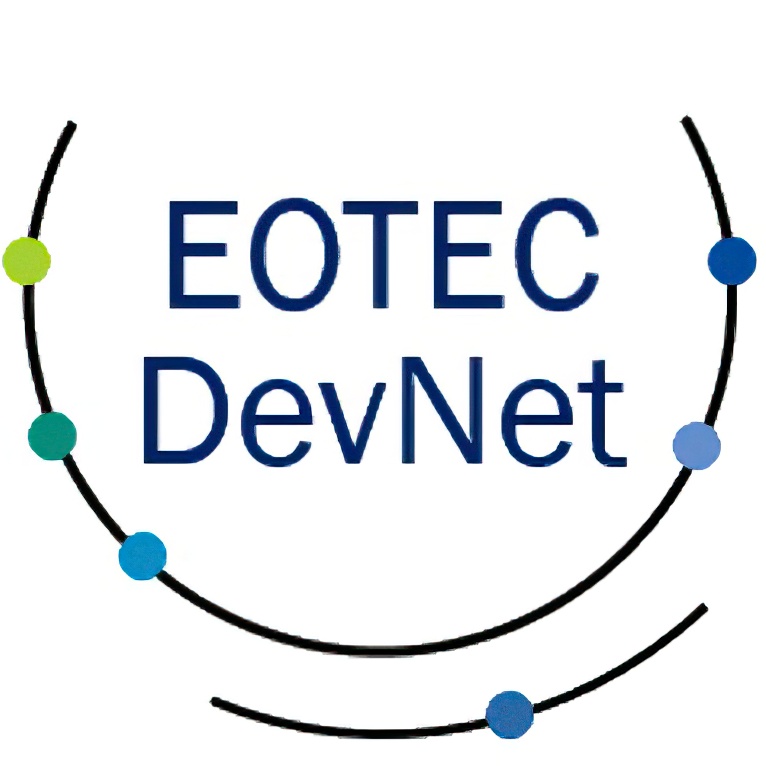An international meeting to calibrate instruments measuring ozone and solar radiation will be held in Brazil between February 19 and March 8, 2024. The I Ibero-American campaign to calibrate instruments for measuring total ozone and ultraviolet solar radiation is jointly organized by the State Meteorological Agency (AEMET) of Spain and the Federal University of Santa María (UFSM) in Brazil. Support for the campaign is provided by the Global Atmosphere Watch Programme (GAW) of the World Meteorological Organization (WMO) and the United Nations Environment Programme (UNEP).
Over 20 experts and operators from Argentina, Bolivia, Brazil, Chile, and Ecuador will participate, representing 10 instruments. These instruments will undergo verification and adjustment using the global reference provided by the GAW Brewer Regional Calibration Centre to Europe and Africa (RBCC-E), operated by the Izaña Atmospheric Research Center (IARC) of AEMET. The RBCC-E shares this reference with the Toronto GAW World Calibration Centre, managed by the Canadian meteorological service “Environment & Climate Change Canada” (ECCC), which will participate remotely.
The campaign will unfold in three phases: the first week involves updating the instrumentation, followed by a second week dedicated to an operator training course conducted by AEMET and the Portuguese Institute of the Sea and the Atmosphere (IPMA). The final week will focus on the actual calibration process. The calibrated instruments will become part of the EUBREWNET network, a global ozone observation network developed by AEMET during the European action COST-ES1207. This network, with over 70 stations across five continents, provides real-time information on the variability and changes in the stratospheric ozone layer and solar ultraviolet radiation reaching the Earth’s surface.
Ozone measurement campaigns are crucial for monitoring the Earth’s protective ozone layer from the harmful effects of ultraviolet radiation. While satellites offer global and continuous data, ground-based high-resolution spectrophotometers, in use since the 1980s, are essential for validating and calibrating satellite instruments. This campaign will contribute to studying the evolution, variability, and medium- to long-term trends of total ozone and ultraviolet radiation from the Amazon rainforest to Antarctica.
February 19, 2024
The first Ibero-American Brewer ozone spectrophotometers intercomparison campaign
Location: Santa María, Brazil (Americas, Europe)
Host: Universidade Federal de Santa María (UFSM)
Type: Workshop
Contact: smoreno@wmo.int
Language: es, ot
